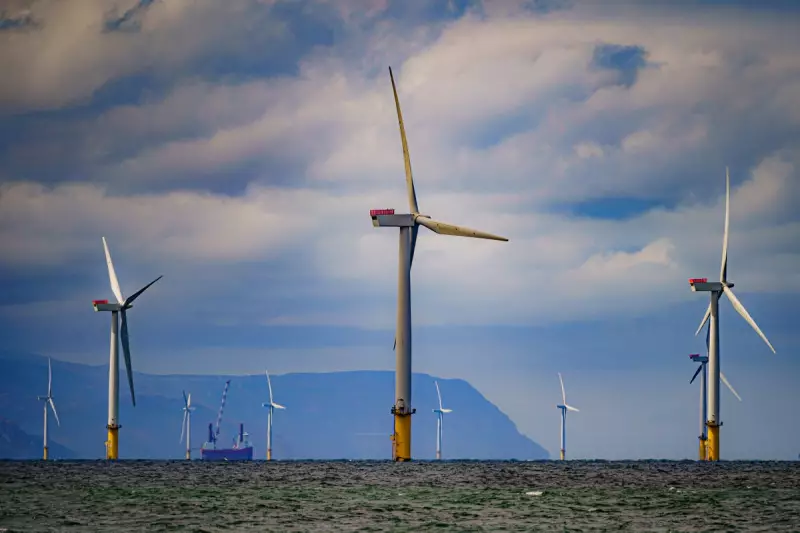
UK Wind Power Achieves Unprecedented Generation Milestone
The United Kingdom's transition to clean energy has reached a pivotal moment, with wind power setting a remarkable new generation record. On the evening of 11 November 2025, at precisely 7:30 pm, wind turbines across the nation produced a historic 22,711 megawatts (MW) of electricity. This impressive output was sufficient to power approximately 22 million British homes, marking a significant step forward in the country's energy landscape.
Breaking Down the Record-Breaking Moment
According to the National Energy System Operator (Neso), this new peak surpasses the previous record of 22,253 MW set on 18 December 2024. The achievement was driven by particularly windy conditions, especially across northern England and Scotland. At the time of the record, wind energy was supplying 43.6% of Great Britain's total electricity, enough to meet the needs of around three-quarters of all households.
The contribution of wind power was even greater when considering embedded wind generation, which feeds electricity directly into local distribution networks rather than the main high-voltage transmission grid. This added a further 12.1% to the energy mix, bringing the total share from wind to an astounding 55.7%.
For context, here is the complete breakdown of Great Britain's electricity generation at the moment the record was set:
- Gas: 12.5%
- Interconnectors (imports from other countries): 11.3%
- Nuclear: 8%
- Biomass: 8%
- Hydro: 1.4%
- Storage: 1.1%
Paving the Way for a Fully Zero-Carbon Grid
This record is more than just a number; it signals a tangible shift in the UK's energy capabilities. Kayte O'Neill, Chief Operating Officer at Neso, hailed the achievement as "world-beating," demonstrating that the national grid can operate safely and securely with large amounts of domestically generated renewable power.
O'Neill expressed optimism for the future, stating that Neso anticipates the grid could soon run for a period entirely on zero-carbon power, a combination of renewables and nuclear energy. "We've come on leaps and bounds in wind generation in recent years," she said. "It really shows what is possible."
This milestone underscores wind power's position as the largest source of electricity generation in the UK, a key factor in reducing both energy costs and the nation's reliance on fossil fuels. The government's "clean power mission" aims to generate almost all of the UK's electricity from low-carbon sources by 2030, a goal supported by a push for more wind farms, solar arrays, and other clean technologies.
Jane Cooper, Deputy Chief Executive of the industry body RenewableUK, emphasised the significance of this record occurring on a "cold, dark November evening," when energy demand is high. "Wind was generating enough electricity to power 80% of British homes when we needed it most," she noted, highlighting how wind energy is helping to shield consumers from the volatile prices of fossil fuels.
Cooper also urged the government to strengthen the UK's energy security by being more ambitious in the next round of auctions for new wind farm contracts. Such a move, she argued, would create tens of thousands of new jobs, support supply chain companies, and attract billions in private investment, solidifying the UK's status as a global leader in offshore wind.





